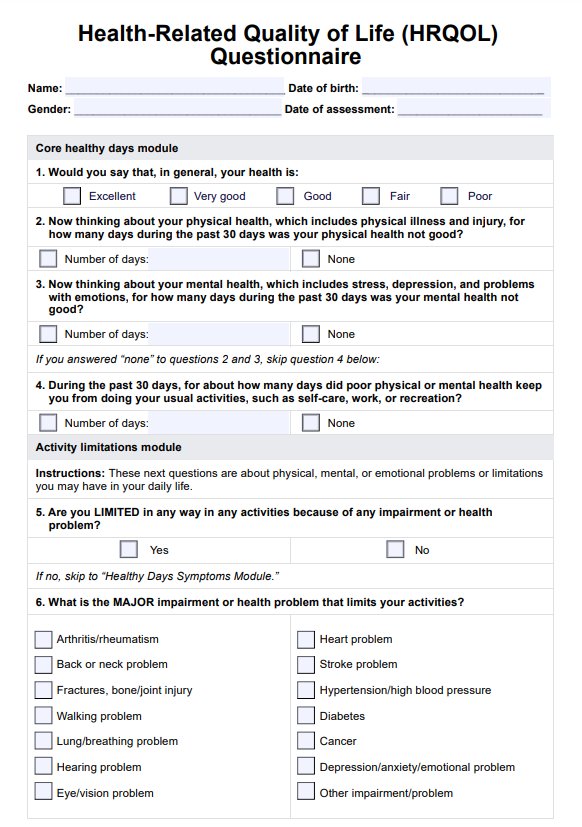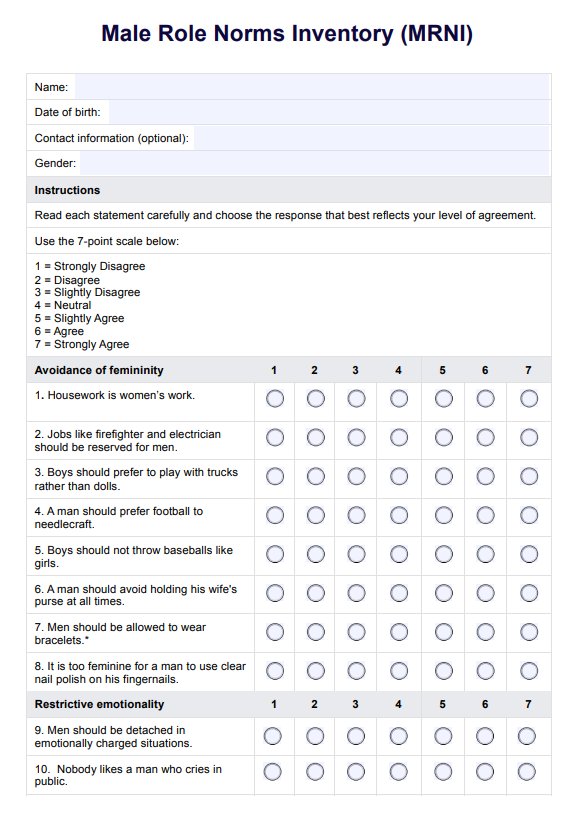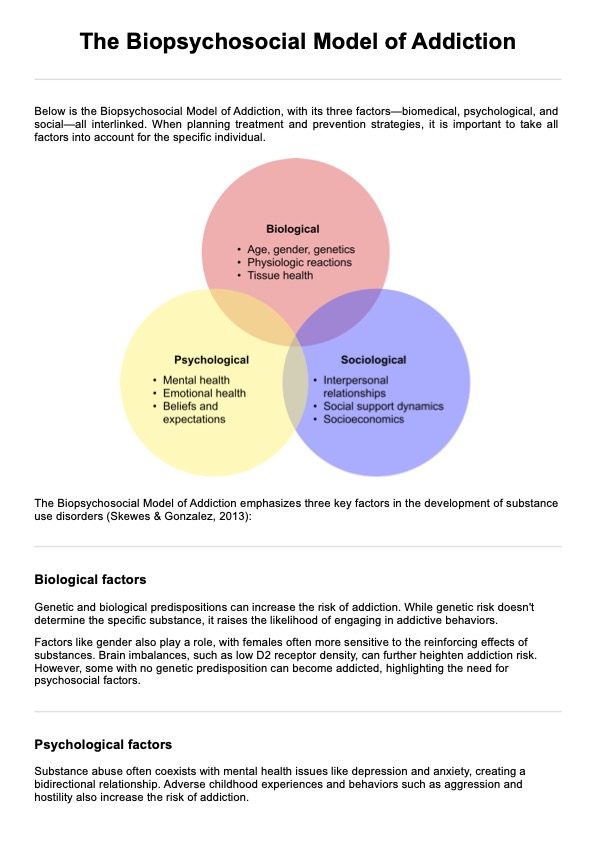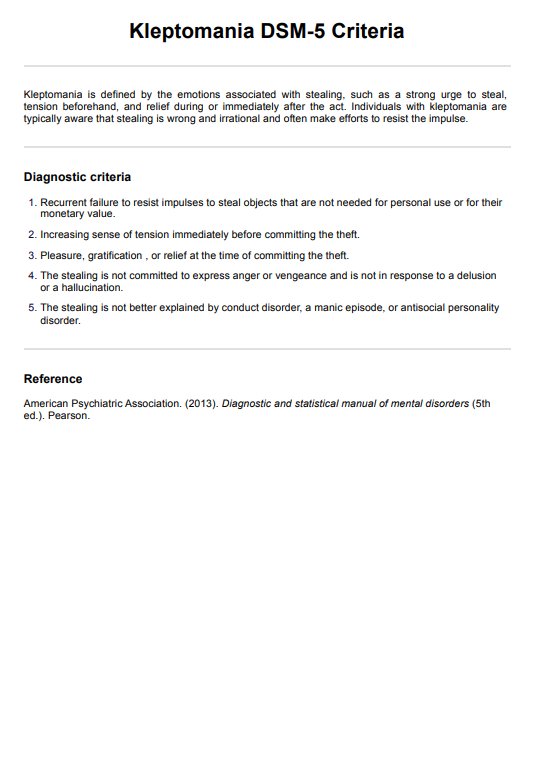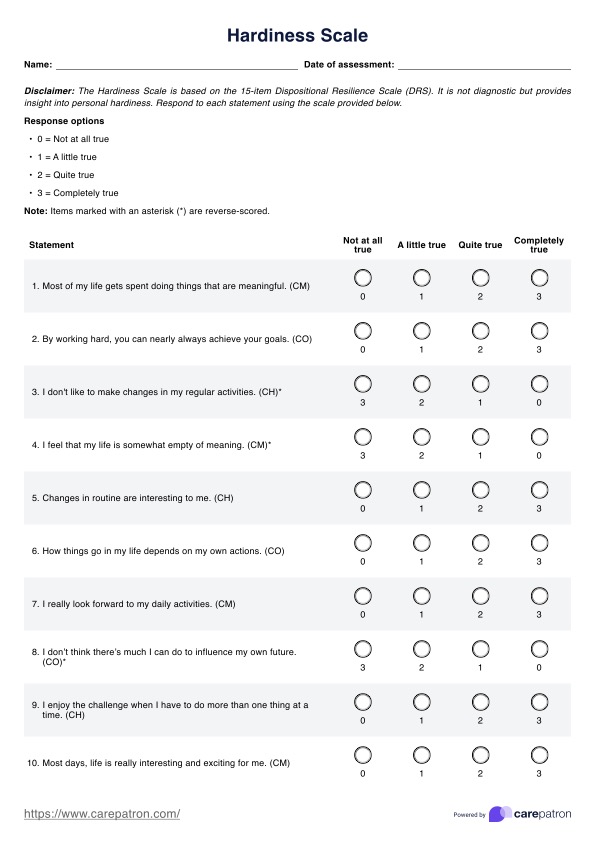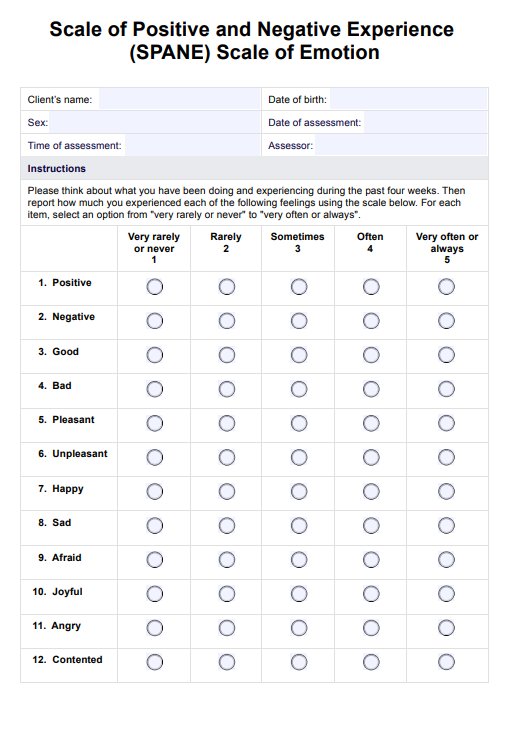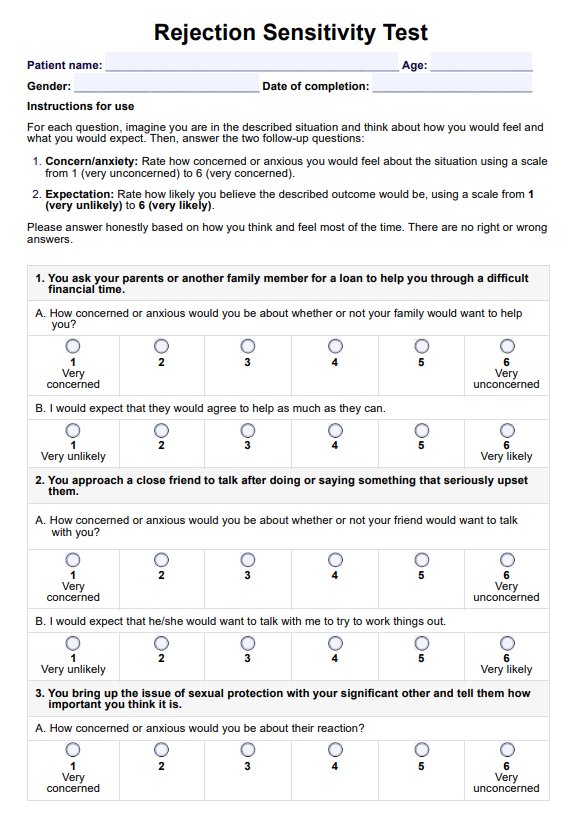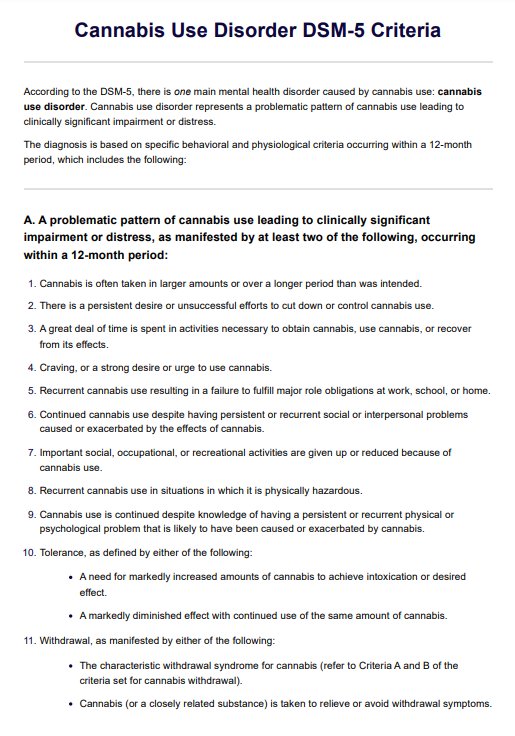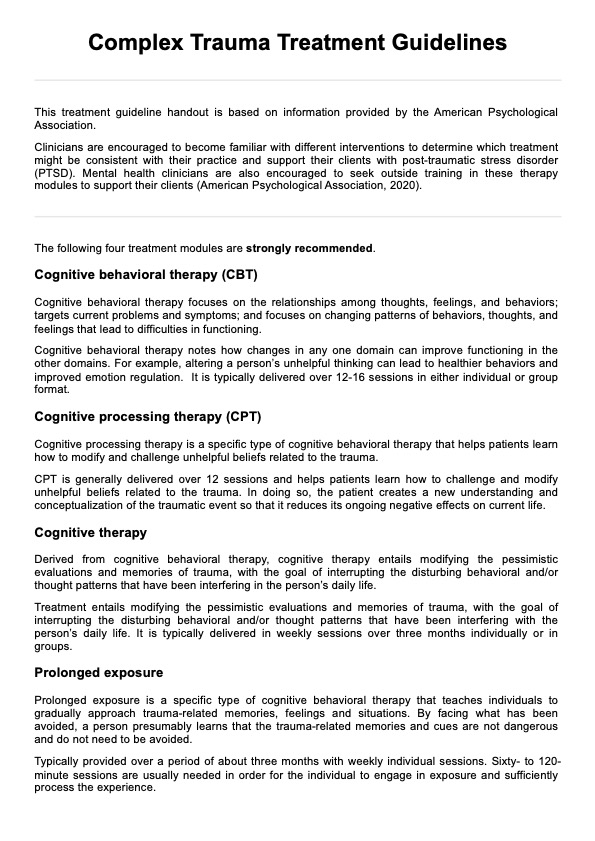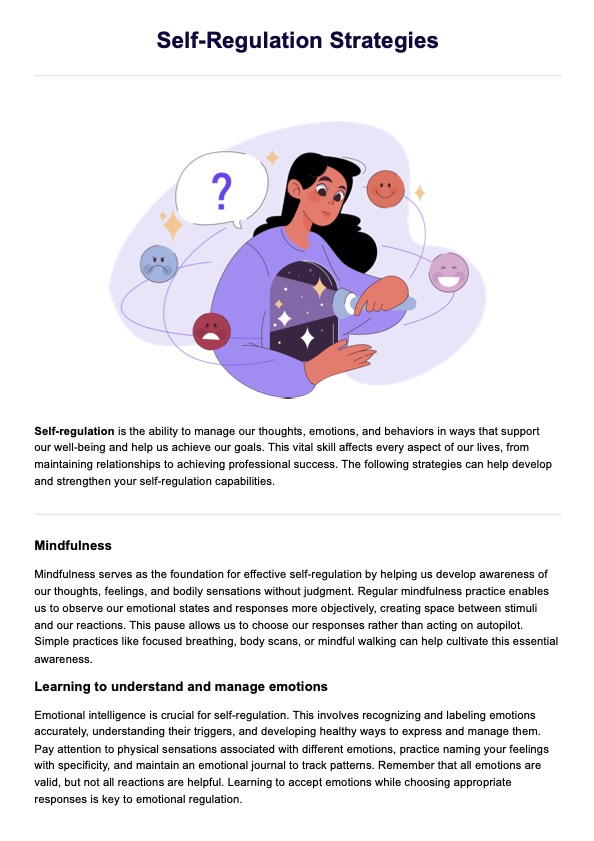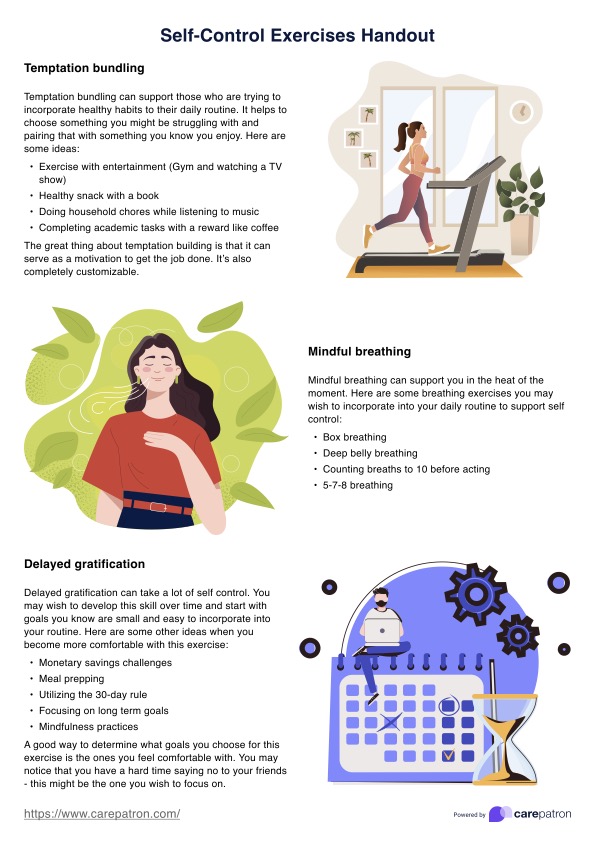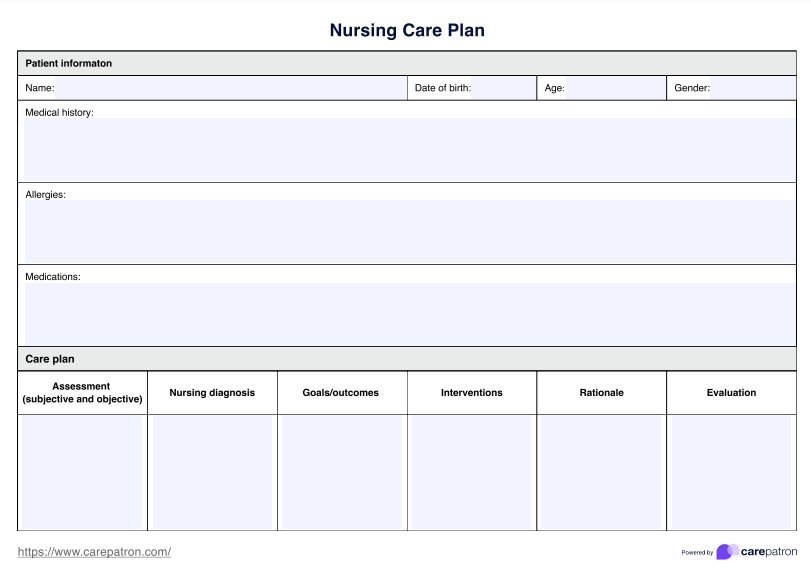Stigma in Addiction Worksheet
Discover how to challenge and overcome the stigma associated with addiction with our free downloadable Stigma in Addiction Worksheet.


What is stigma?
Stigma refers to the negative attitudes and beliefs that society or individuals hold towards something, in this case, addiction. It is a powerful social and psychological barrier that can hinder the treatment and recovery process for those struggling with substance use disorders.
Why does stigma exist?
Stigma often arises from a lack of understanding, fear, and stereotypes surrounding mental illness and substance abuse. Misinformation and cultural attitudes towards drug abuse and addiction contribute to the stigma.
Stigma in Addiction Worksheet Template
Stigma in Addiction Worksheet Example
Different types of stigma
The stigma around substance use disorder manifests in several distinct forms, each contributing to the challenges faced by individuals struggling with opioid use disorder and addiction.
- Public stigma emerges from societal perceptions and misconceptions about opioid use disorders. Widespread negative attitudes and beliefs within the community or society characterize it. People with substance use disorders are often unfairly judged as morally weak or lacking in willpower. Public stigma leads to prejudice, discrimination, and exclusion, affecting individuals' social, employment, and housing opportunities.
- Self stigma occurs when individuals with substance use disorders internalize societal prejudices. They may adopt these negative perceptions, believing they are deserving of scorn or incapable of recovery. This internalization can severely impact self-esteem, exacerbate feelings of shame and guilt, and deter individuals from seeking help or engaging fully in their recovery process.
- Structural stigma is embedded within the systems and institutions that govern societal operations. It can be observed in policies, practices, and laws that inadvertently or deliberately limit the rights and opportunities of people with substance use disorders. This form of stigma may manifest in healthcare settings through inadequate access to treatment programs, in the legal system through punitive approaches rather than recovery support, and in employment practices that discriminate against individuals with a history of substance use.
Understanding these different types of stigma is crucial in addressing and mitigating their impacts. By recognizing the sources and manifestations of stigma, individuals, communities, and institutions can work together to end stigma and create more inclusive, supportive environments that foster recovery and reduce the barriers faced by those affected by drug and alcohol dependence.
What is the effect of stigma on people struggling with addiction?
The effects of stigma on individuals grappling with addiction are profound and multifaceted. Stigma contributes to feelings of isolation, as individuals may withdraw from social support out of fear of judgment. This isolation can hinder their willingness or ability to seek treatment, as concerns over being labeled or misunderstood by healthcare providers, such as counselors, loom large.
Moreover, stigma can severely impact self-esteem, with individuals internalizing societal negativity, leading to a detrimental effect on their well-being and mental health. Such negative self-perception not only exacerbates the challenges of overcoming substance use disorders but also can create a vicious cycle that hampers recovery efforts.
Examples of stigma surrounding substance
Some examples of stigma around substance abuse include:
- Believing that addiction is a choice rather than a medical condition.
- Using derogatory terms like "junkie" or "addict."
- Viewing medication-assisted treatment as not "real" recovery.
- Assuming someone with an addiction is likely to be unreliable or untrustworthy.
- Overlooking the achievements of those in recovery due to their past substance use.
How does our Stigma in Addiction Worksheet work?
Our printable Stigma in Addiction Worksheet guides individuals through the process of identifying and challenging their perceptions and the stigma they face regarding addiction. Here's how you can make the most of it:
Step 1: Download the Stigma in Addiction Worksheet
First, access and download our Stigma in Addiction Worksheet via the Carepatron app or through the link provided. This resource is specially designed to facilitate a deep dive into understanding and addressing the stigma around substance use disorders.
Step 2: Identify instances of stigma
Begin by reflecting on and noting down instances where you've encountered stigma related to substance use disorders. This could be societal reactions (Public Stigma), your own internalized beliefs (Self-Stigma), or institutional policies that are discriminatory (Structural Stigma).
Step 3: Reflect on personal experiences with stigma
Use the guided questions in the worksheet to reflect on your experiences with stigma. Consider how these experiences have shaped your perceptions and behaviors towards addiction and those affected by it.
Step 4: Develop strategies to combat stigma
After identifying and reflecting on stigma, the worksheet will guide you through developing strategies to combat it. This includes setting personal goals, advocating for change, and planning actions to foster a more inclusive understanding of addiction.
Step 5: Set personal goals
Set specific, achievable goals for yourself on how you can contribute to reducing stigma in your community and among your circles. This could involve educating others, supporting those with substance use disorders, or challenging discriminatory practices.
Step 6: Advocate for change
Plan how you will advocate for change at a broader level. This could include engaging with policymakers, participating in awareness campaigns, or supporting organizations that fight against the stigma of addiction.
Step 7: Take action
Commit to taking concrete steps toward your goals. Whether it's through conversation, activism, or simply changing your language and behaviors, every action counts towards dismantling the social stigma put around substance use disorders.
Step 8: Reflect and adjust
Finally, regularly reflect on your progress and adjust your strategies as needed. Combatting stigma is an ongoing process, and staying flexible allows you to respond more effectively to challenges and opportunities as they arise.
By following these steps, you’ll utilize the Stigma in Addiction Worksheet to its fullest potential, gaining insights and developing effective strategies to challenge and reduce addiction stigma.
Benefits of using the worksheet
Our free Stigma in Addiction Worksheet offers the following benefits:
Increases awareness of the impact of stigma on recovery
Using the worksheet illuminates how societal, internal, or structural stigma can significantly impede individuals' recovery journeys. By understanding the vast effects of stigma, users become more conscious of the importance of creating a stigma-free environment for effective recovery.
Encourages empathy towards individuals struggling with substance use disorders
The worksheet fosters a deeper sense of empathy by encouraging users to step into the shoes of those battling addiction. This empathy-building process is crucial in shifting perspectives and cultivating a compassionate approach to those affected by substance use disorders.
Helps identify and challenge personal biases and misconceptions
One of the key benefits of the worksheet is its role in helping individuals identify their own biases and misconceptions about substance use disorders. Through guided reflection, users can recognize and begin to challenge these harmful perceptions, paving the way for a more inclusive and understanding attitude.
Promotes a more supportive and understanding approach towards addiction recovery
Finally, the worksheet is a tool to promote a more supportive and understanding approach towards addiction and recovery. By breaking down stigma and fostering empathy and awareness, it encourages a community and societal approach that supports recovery rather than hinders it, ultimately leading to better outcomes for those affected by substance use disorders.
Incorporating this addiction worksheet template can strengthen your practice and client results. This tool supports clients in understanding their addiction and taking actionable steps.
How to reduce the stigma of addiction?
Some ways one can reduce stigma of addiction include:
- Use person first language, focusing on the individual, not the disorder.
- Educate yourself and others about addiction as a medical condition.
- Share stories of recovery and resilience to highlight the possibility of overcoming substance use disorders.
- Support policies and practices that promote treatment and reduce discrimination against those with addiction.
Commonly asked questions
The following people can benefit from our Stigma in Addiction Worksheet: individuals struggling with substance use disorders; family members and friends of those affected by substance use; healthcare providers and therapists working in addiction recovery; and community leaders and educators aim to reduce stigma and support recovery.
Stigma can exacerbate feelings of shame and isolation in individuals with a substance use disorder, hindering their willingness to seek help and access treatment.
Addiction is a chronic, relapsing disorder characterized by compulsive drug seeking and use despite adverse consequences, while lifestyle refers to a way of living that reflects an individual's attitudes, values, and habits.

.jpg)
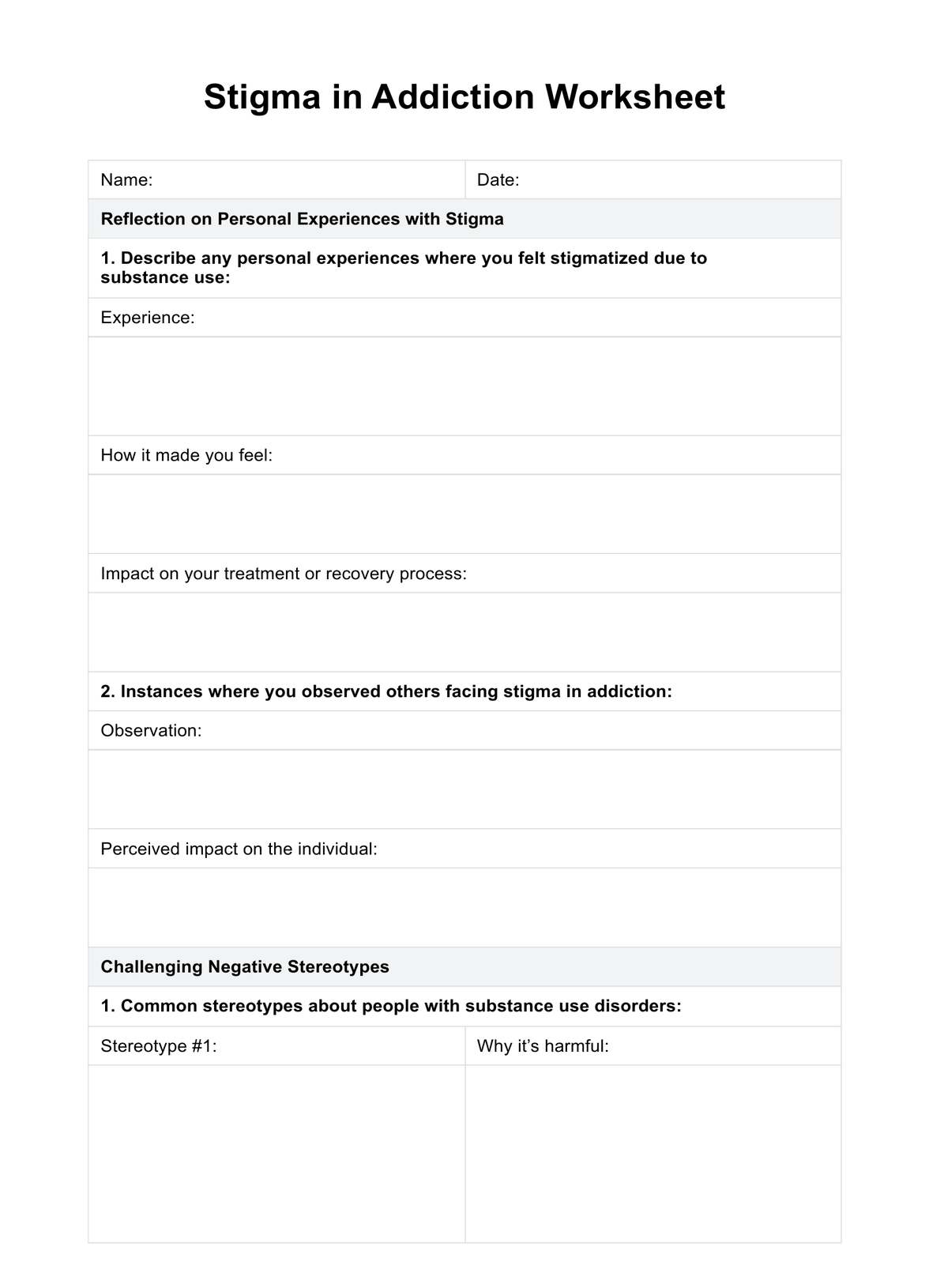

















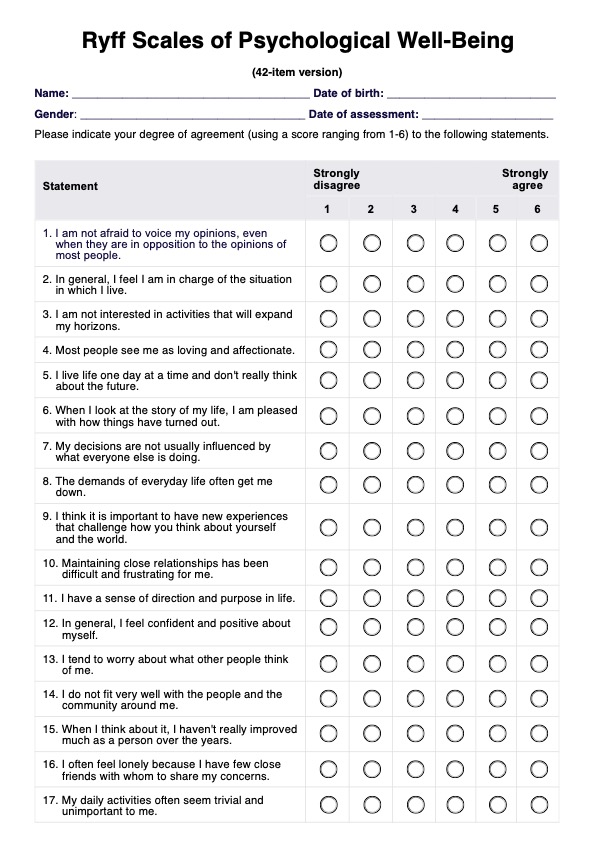
-template.jpg)





